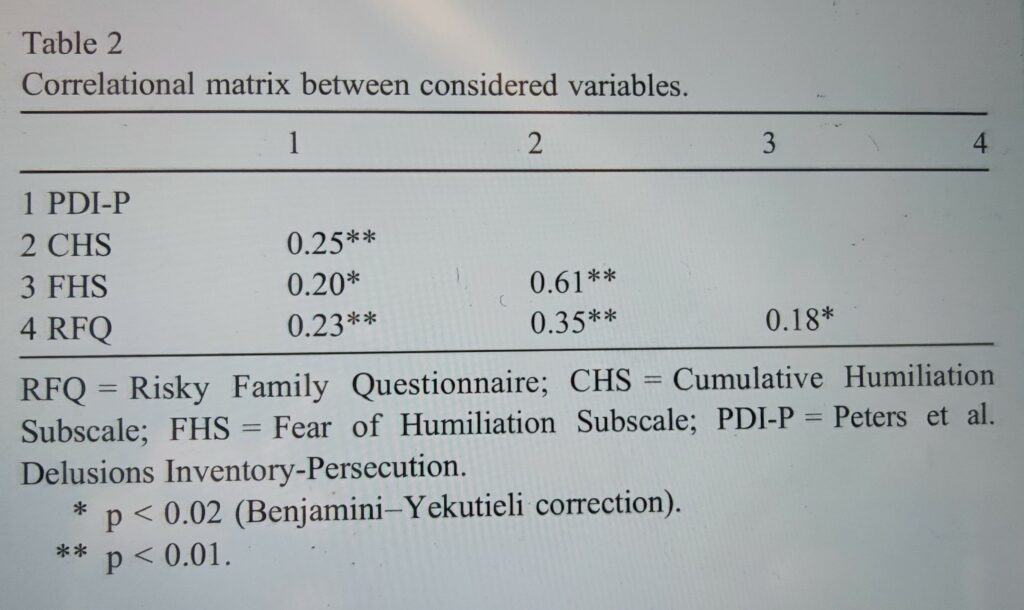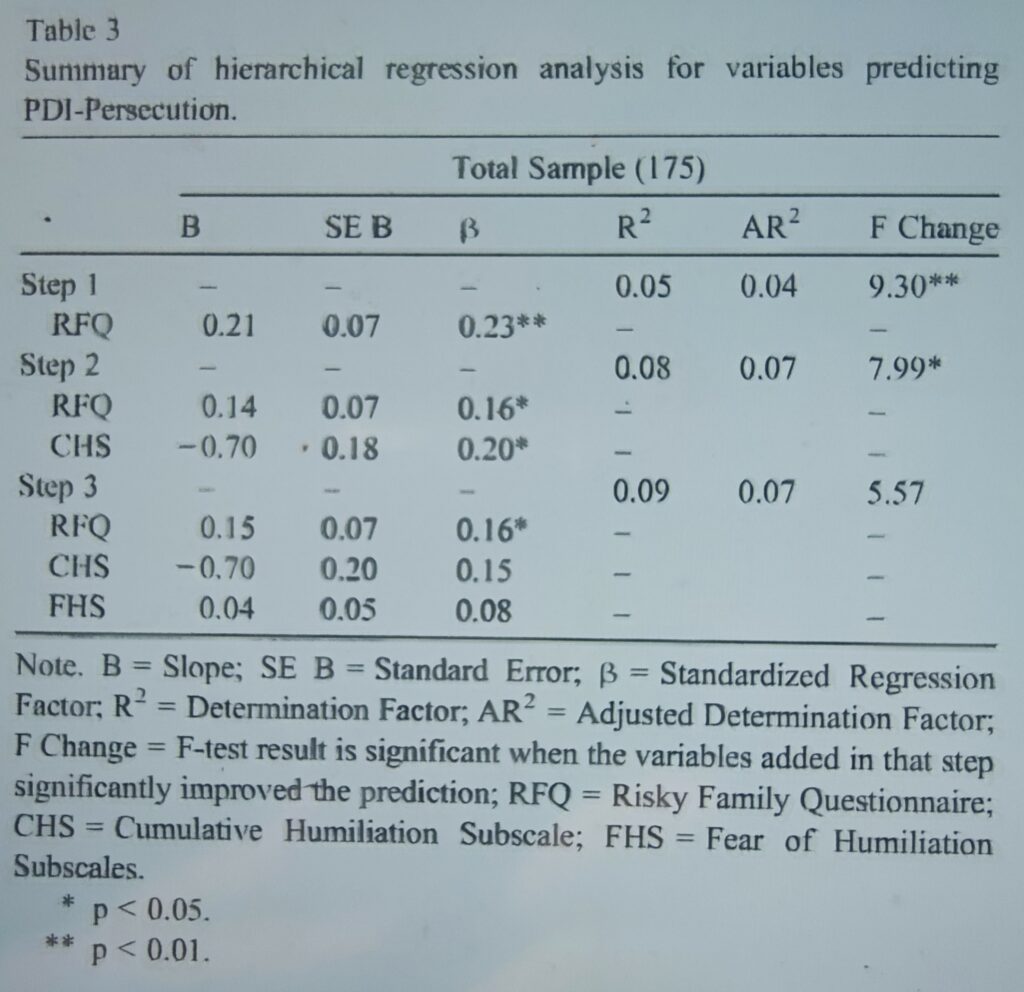Delusions are fixed beliefs that are not amenable to change in light of conflicting evidence. Their content may include a variety of themes (e.g., persecutory, referential, somatic, religious, grandiose). Persecutory delusions (i.e., belief that one is going to be harmed, harassed, and so forth by an individual, organization, or other group) are most common. Referential delusions (i.e., belief that certain gestures, comments, environmental cues, and so forth are
DSM-5, American psychiatric association cop., Washington, 2013, p.87
directed at oneself) are also common.
Les idées délirantes sont des croyances figées qui ne changent pas face à des évidences qui les contredisent. Leur contenu peut comprendre divers thèmes (p. ex. thème de persécution, thème de référence, thème somatique, thème religieux, thème mégalomaniaque). Les idées délirantes de persécution (c.-à-d. la croyance que l’on peut être agressé, harcelé, etc. par un individu, une organisation ou d’autres groupes) sont les plus fréquentes. Les idées délirantes de référence (c.-à-d. la croyance que certains gestes, commentaires ou éléments de l’environnement, etc. sont destinés spécifiquement à la personne) sont aussi assez fréquentes.
DSM-5 : manuel diagnostique et statistique des troubles mentaux / American psychiatric association ; Marc-Antoine Crocq et Julien Daniel Guelfi ; p.103
American Psychiatric Association, Diagnostic and statistical manual of mental disorders : DSM-5, Washington, 2013, p. 87

